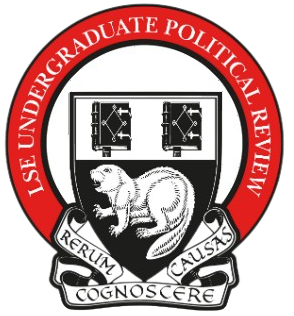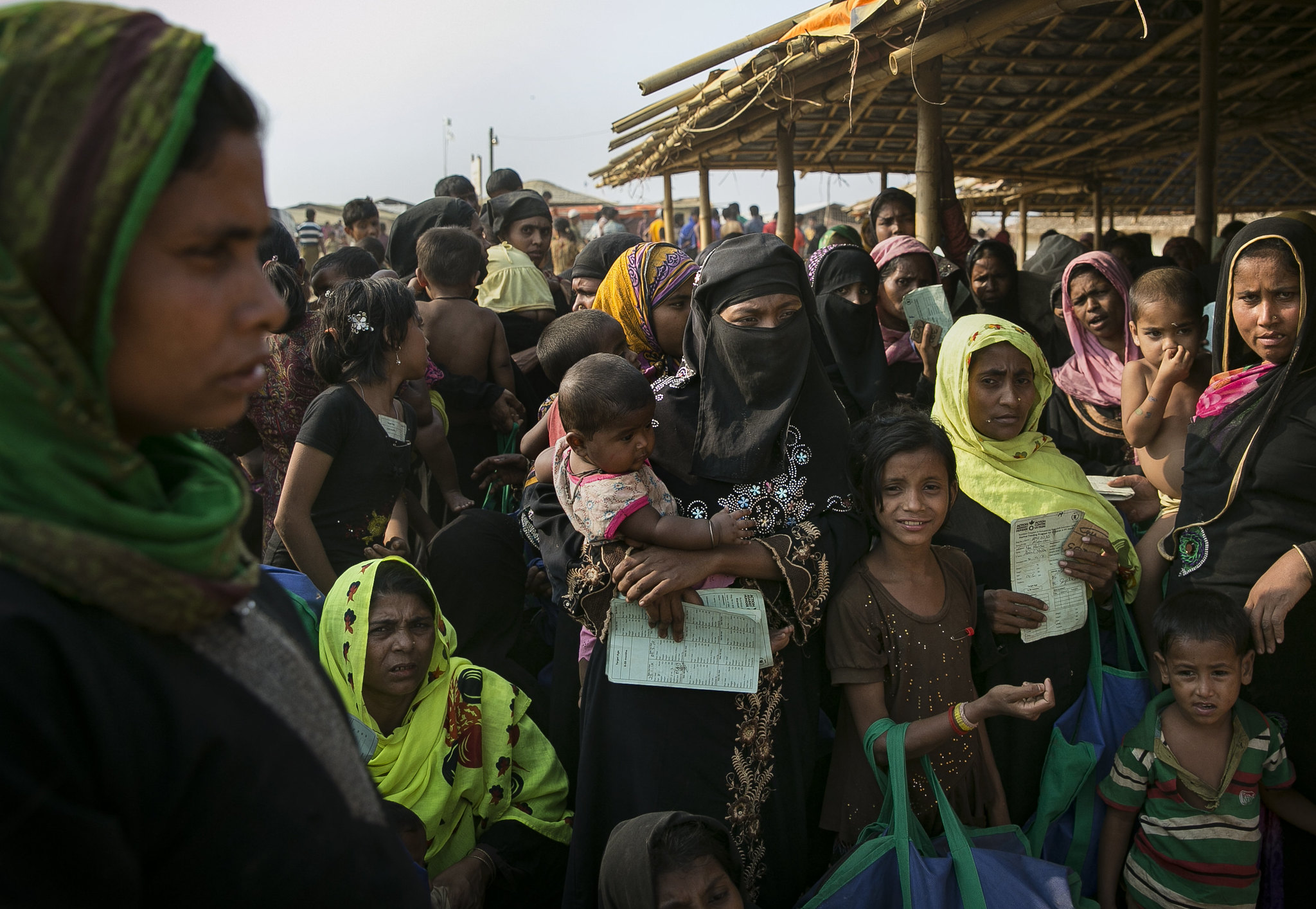Saloni Agnihotri
The right to have maximum rights in a nation is citizenship. It is a coveted status which guarantees the provision of identity, opportunities and security to an individual. Under the present Indian legal regime, illegal immigrants are deported under the Citizenship Act 1955 and the Foreigners Act 1946. The Citizenship (Amendment) Act 2019, hereinafter CAA 2019, amends the Citizenship Act 1955, to grant a certain class of illegal immigrants Indian citizenship. The CAA makes immigrants, who entered India on or before 31st December 2014, eligible for Indian citizenship if they belong to the Hindu, Sikh, Buddhist, Jain, Parsi or Christian community, are facing religious persecution and are from Afghanistan, Bangladesh or Pakistan.[1] Furthermore, the Amending Act has been a prominent point of discord among the Indian citizenries. Immediately after the bill was passed the Indian Union Muslim League (IUML) moved the Honourable Supreme Court of India such that the constitutional validity of CAA 2019 was challenged.[2] Following this, 200 petitions were tagged to the IUML petition. The petitions mainly charged the CAA 2019 of being violative of Articles 14 and 21 of the Constitution. Moreover, on 28th May 2021 the government of India issued an interim order u/s 16 of the Citizenship Act 1955 giving district collectors in 13 districts the power to accept citizenship in accordance with the provisions of the Citizenship Act 1955 read with CAA 2019. In turb, the IUML approached the Supreme Court on 1 June 2021 seeking a stay order. Thus with one side of the debate calling it pernicious, racist and full of religious bigotry and the other side strongly supporting it, it becomes crucial to view the scenario from a non-political perspective and thereby understand its necessity, which is what this blog aspires to cover.
The issue in focus dispute dates to the 19th century, which marked the beginning of the Assam Crisis (1826). Now Assam and now Manipur were part of now Myanmar (then Burma). After the 1826 Anglo-Burmese War I, which the East India Company won, now Assam and now Manipur were taken from now Myanmar (then Burma). Now Bangladesh and West Bengal were then Bengal. Back in the time, Bengal had limited resources. Assam, however, was abundant in terms of resources. Furthermore, the British due to their ambition of higher earnings and wealth, emigrated people from then Bengal to Assam to work in Assam’s oil and tea fields. Citing the 1931 Census, the then British Commissioner commented that the British had completely ruined the Assamese culture as Assamese, in Assam, were getting lesser in number and Bengalis were increasing. In 1947, post independence, Bengalis from the then East Pakistan moved to West Bengal and majorly to Assam. Concerned by this, Mr. Jawaharlal Nehru, the then Prime Minister of India, passed the Immigrant (Expulsion from Assam) Act 1950. The Act had a clause of exception though. While the Act stated that the Bengalis moving from Bangladesh to Assam would be expelled from Assam, the exception stated that minorities who are being persecuted in Bangladesh could come to Assam (India). In 1950, the Nehru-Liyaquat Pact was signed. It was agreed that minorities from Bangladesh, who were essentially non-Muslims, could come to India (Bengal/ Assam). Moreover 1951, the National Register of Citizens rules were made to enlist the people who lived in Assam and were Indian citizens. In 1964, Shastri ji made the Foreigners (Tribunal) Order 1964 under Foreigners Act 1946 under which foreign tribunals were created and non citizens were to be evacuated. In 1965, post the Indo-Pak war, more people from East Pakistan (now Bangladesh) came to Assam. Further, in 1971, East Pakistan was given independence. From around March to December, 1 crore people came from East Pakistan to India. In 1972, the then Prime Minister Indira Gandhi declared that all those Bangladeshis who had come to India after 25/3/1971 would not be given Indian citizenship and would be taken back by Pakistan.
In 1977 the Lok Sabha elections took place and Indira Gandhi lost allowing a Janta Party government to form. The formation of Janta Party government was closely linked with the Assam Movement. The opposition argued that Congress had been allowing Bangladeshi Muslims into Assam so that it could increase its vote bank. In 1978 Assam Vidhan Sabha elections took place and Janta Party won. Now both in the Centre and State, the government was formed by the same party. Moreover, when the time for by-elections to take place came nearby the Election Commission found that 1971 voters bank and 1978 voters list was very different. 1978 voters list had the names of Bangladeshi immigrants. This scared the Assamese people into thinking that politically, much like socially and culturally, they would become a minority and their voice won’t be heard. They would have no power to protect their culture. In order to protest against the growing infiltration of Bangladeshi Muslims and their increasing interference in Assamese politics, a protest was launched by AASU (All Assamese Students Union) created by the students of Guwahati University. They launched the Assam Movement. Their demands for illegal immigrants were 3Ds – Detention, Deletion from the electoral roll, and Deportation. The Central and the State Government agreed to the same. Central elections were to take place in December 1979.
The Central government which was sympathetic to the concerns of the Assamese people was about to crash. This worried the Assamese people and a protest against the same was held on 8thJune 1979, which was said to be the beginning of the Assam movement. Protests took place such that no one Assam participated in the elections except for candidates belonging to two seats where the electoral roll still depicted the names of illegal Bangladeshi immigrants. Indira Gandhi won the elections. A Congress government was formed at the Centre; Indira Gandhi proclaimed emergency and removed Janta Party from power in 1980. Assam ran a presidential rule thereon till 1983. Furthermore, Assamese demanded that the 1951 National Register of Citizens be made the deadline for deciding the number of illegal immigrants. On the contrary, the Indira Gandhi led government wanted to make 1971 as the baseline. Neither party agreed to each other’s proposition. Things came to a standstill.
On 15th August 1985, Shri Rajiv Gandhi, the then Prime Minister, in an attempt to assuage the movement brought in the Assam Accord. The Accord provided that all the immigrants into Assam before 1st January 1966 would be legal migrants and would be given citizenship. All the immigrants between 1st January 1966 and 25th March 1971 had to register under the Foreigners Registration Act 1939. It was provided that post registration these people would be given all the rights of a citizen, but they would not be granted voting rights for 10 years. All the immigrants post 25th March 1971 would be detained, their names deleted from electoral roll and deported on grounds of the international pact between Bangladesh and India.
It is being contended that CAA, 2019 has been brought in not to dilute the objective of the Assam Accord but to remedy the defects that existed in the latter. However, given the extremely fragile and sensitive condition of the almost extinct Assamese culture, it only makes sense that the date mentioned in the Assam Accord is not further extended to 2014. The developments that have taken place after 1971 must be meted out a different treatment and accommodated while taking into consideration the impossibility of bringing any more migrants into Assam. Legal protection of land, culture and political rights has been the long-standing demand of Assamese people and must be acceded to with utmost priority.
[1] §. 2, Citizenship Amendment Act, 1955. The Section reads as: “Provided that any person belonging to Hindu, Sikh, Buddhist, Jain, Parsi or Christian community from Afghanistan, Bangladesh or Pakistan, who entered into India on or before the 31st day of December, 2014 and who has been exempted by the Central Government by or under clause (c) of sub-section (2) of section 3 of the Passport (Entry into India) Act, 1920 or from the application of the provisions of the Foreigners Act, 1946 or any rule or order made thereunder, shall not be treated as illegal migrant for the purposes of this Act;”
[2] Indian Union Muslim League v. Union of India, WP (C) 1470/2019.
Cover Image Source: Election Commission (GODL-India), GODL-India, via Wikimedia Commons
The author, Saloni Agnihotri, is a final year law student at the Rajiv Gandhi National University of Law.







